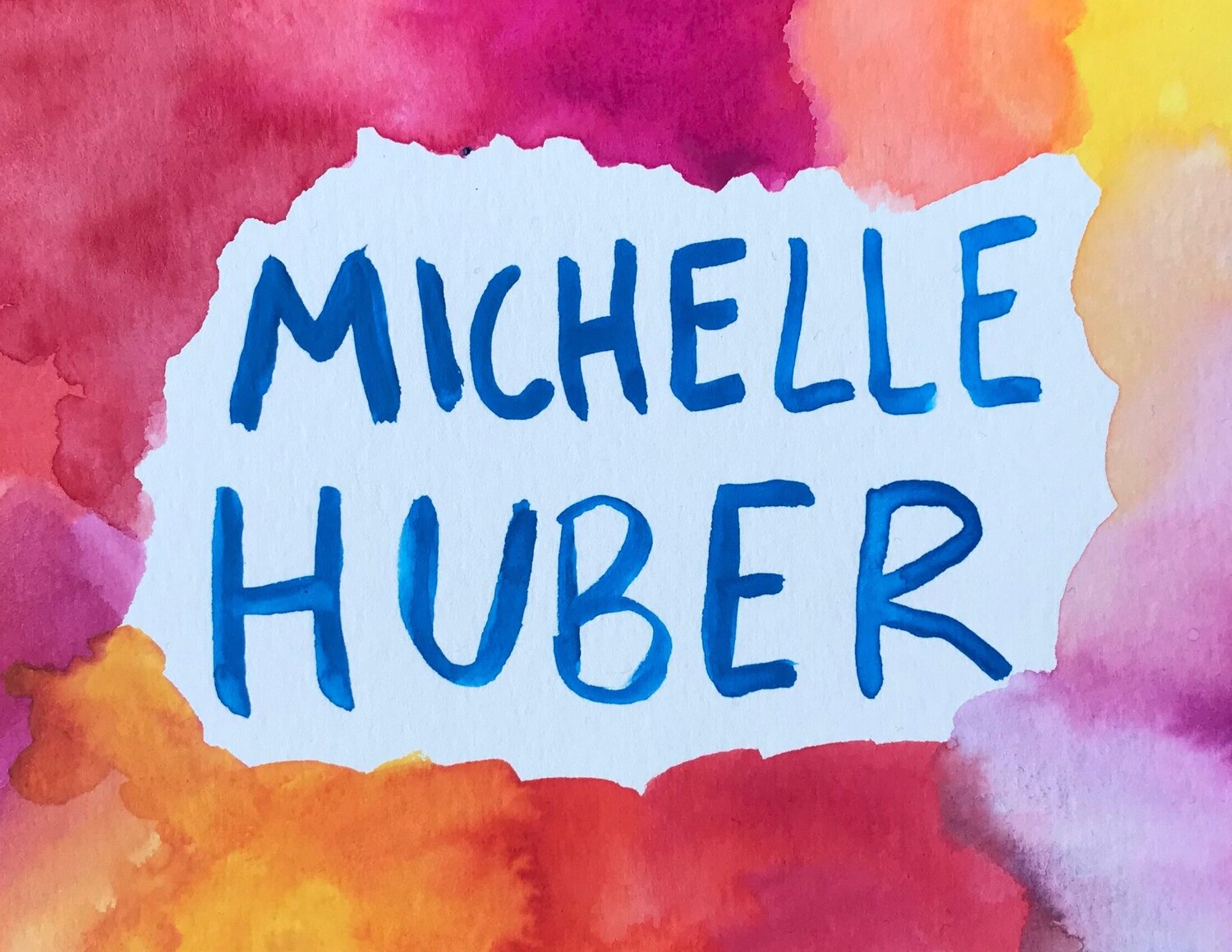Guidance on Approaching Awareness Through Movement® Lessons
Make Yourself Comfortable
We are working with the brain and nervous system in Feldenkrais®, so if your nervous system is occupied with discomfort, it will not have as much capacity to learn. To create the ideal conditions for your learning experience:
Make sure you have warm layers- it is common for your temperature to drop as you relax and move into your parasympathetic nervous system.
Wear comfortable clothes- take off belts, shoes and glasses.
If possible, do the lesson in a quiet space without distractions.
Movement as Metaphor for Your Life
Every lesson is an opportunity for you to notice your habits, not only physically, but how you show up in your life. Patterns you discover in a lesson are likely at play in other areas, and Awareness Through Movement lessons can help you make these connections. How do you treat yourself in your learning process?
Go Slow, Less is More
“If you swallow the whole world at once, you will have terrible indigestion. You can’t swallow the whole world. You can only swallow as much as you can digest.” - Moshe Feldenkrais
Do each movement slowly so that you can observe as much as possible. When you slow down, you can expand your awareness and notice more. Also when you slow down, you can feel where you are using excess energy or tension.
Feldenkrais is Not Exercise
In a lesson, we ask, How are you doing what you're doing? Are you doing what you think you're doing? Moshe Feldenkrais often said, "When you know what you're doing, you can do what you want." We repeat movements in lessons to increase the opportunity to notice more about our experience. It is similar to movement meditation because the focus is on awareness more than achieving any kind of goal.
Rest
You can rest whenever and however you’d like during an Awareness Through Movement® lesson. You will be invited to rest often, but you don’t have to wait for the invitation to rest. Part of the learning in Feldenkrais is to become more and more sensitive to yourself, so that you can feel when you need a rest (or something else!).
Some reasons to rest:
When you feel tired (mentally or physically)
When you feel overly ambitious
When you're not paying attention, or you realize you are not aware of what you’re doing
When you are approaching the movements as if they are just exercises
When you are holding your breath
Reduce Effort
In order to make more refined distinctions, and to sense more of the present moment, reduce your muscular effort. I really appreciate this explanation from Feldenkrais trainer- David Zemach-Bersin:
“If you hold a heavy object, you have to exert a considerable amount of muscular effort. If a fly lands on the heavy object as you’re holding it, you cannot feel the very slight increase in weight. But if you hold something that is very light, like a feather, you do not need to exert a lot of muscular effort. If a fly lands on the feather, you can easily feel the increase in weight because your brain is free to sense even the slightest difference or change.”
Back Off of Pain and Use Imagination
If you experience anything painful in a lesson, take a rest. Do the movement in your imagination instead. You can improve the quality and coordination through your imagination. You can receive the same benefits from the lesson by doing the movement in your imagination.
Confusion
If you experience confusion in a Feldenkrais lesson, that may be a really good thing! Perhaps your brain is encountering a pattern or coordination that is so non-habitual, it’s confusing! Confusion = an opportunity to learn something new. It is not necessary that you do every movement in a lesson to receive the benefits of the lesson.
Try on an attitude that there is nothing to change or fix, get curious
“The curious paradox is that when I accept myself just as I am, then I can change.”- Carl Rogers
In Feldenkrais we cultivate an attitude of curiosity without judging our experience. Without forcing anything to change, paradoxically transformation can happen.
Learning Happens Over Time
It can take a long time to shift habits that you’ve created over the course of your entire life. Be patient with the process of learning, healing and change. Moshe Feldenkrais says, “In order to change our mode of action, we must change the image of ourselves that we carry within us.” The way that we behave in the world is directly related to our self-image, and our identity-both conscious and unconscious. Changing our habits- physical, emotional, relational, spiritual etc.- is an act of changing your identity and takes time!
Each lesson is also a process that takes time. Sometimes you might not notice any differences until the very end when the lesson is over and you stand up and move back into your life.
Sometimes Feldenkrais lessons are puzzles, sometimes they are extremely relaxing, sometimes they seem impossible. What matters most is how you approach your learning process.
May these lessons be an opportunity for you to discover new aspects of yourself, slow down, feel better, feel cared for and feel the permission to care for yourself.
References:
Relaxercise: The Feldenkrais Method Made Easy
by David Zemach-Bersin • Bucks Co., PA; http://www.creationsmagazine.com/articles/C84/Bersin.html
Feldenkrais, Moshe. AWARENESS THROUGH MOVEMENT: HEALTH EXERCISES FOR PERSONAL GROWTH. HARPER AND ROW, 1977.
Feldenkrais, Moshe. “Learning to Learn .” Http://Thefieldcenter.org/06resources/Downloads/learning_to_learn.Pdf.





